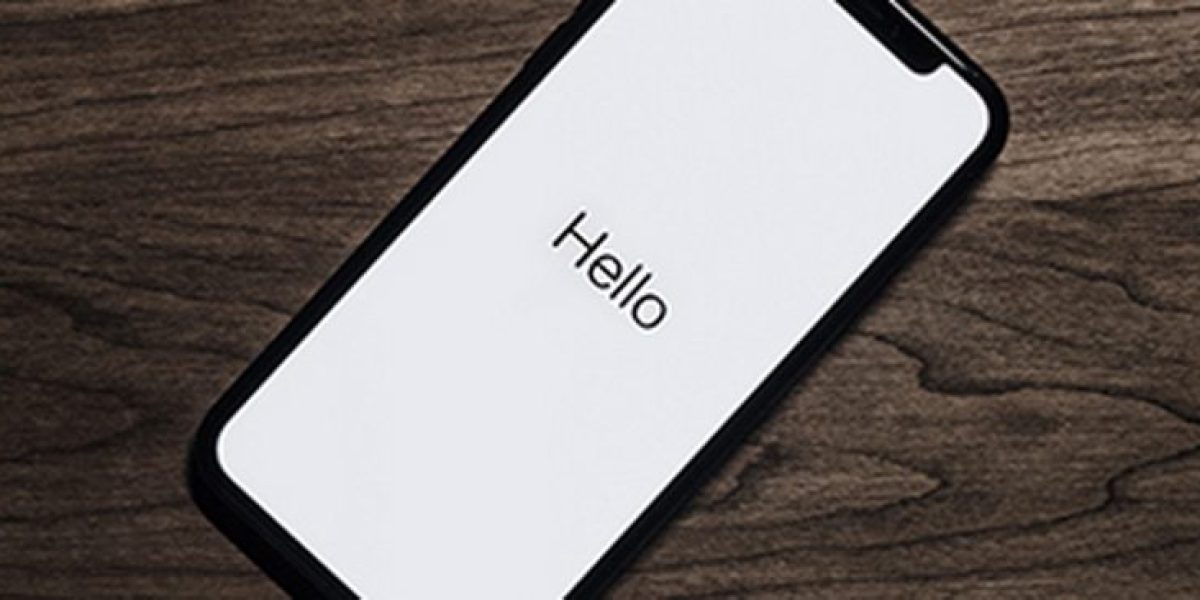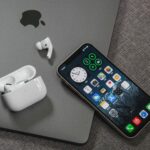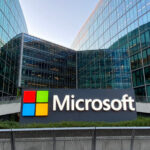|
Getting your Trinity Audio player ready...
|
Apple’s annual iPhone launch event, held in early September and billed as “By innovation only”, was dismissed by critics as anything but. Hardware improvements were largely limited to cameras and battery life and were iterative at best; there was no 5G support, no folding screens and only (!) three cameras on the back of the flagship model. Where was the bold innovation of the Steve Jobs era?
The critics who lament Apple’s lack of hardware innovation are likely the same critics who write off Apple’s prospects every few years, much to the detriment of their investment returns. Those who criticise Apple for a dearth of innovation tend to forget that Apple is rarely the first to any new consumer technology. While the original iPhone was a truly disruptive innovation for its form factor and operating system, Apple has lagged rivals with the introduction of 3G, 4G LTE, large form factors, camera features and now 5G and foldable designs. Even the highly successful AirPods and Apple Watch – which combined with other Home and Accessories now outsell the iPad – were not pioneers of their categories.
Apple’s DNA lies not in offering consumers the newest experience, but rather the best experience. Prior to the maturation of the smartphone category, when hardware was still improving in leaps and bounds, better experience often followed better hardware. However, now that smartphones have matured and innovation is largely iterative, the best consumer experience comes from a combination of hardware, software and services. Apple, being a vertical hardware company since its foundation, has at times struggled to make strategic decisions consistent with the services narrative that management has tried to establish (see HomePod and Apple Music as an example). But this year’s launch even suggests that Apple’s services strategy is finally evolving into its own.
Perhaps surprisingly for an iPhone launch event, the three most interesting reveals were only tangentially related to the iPhone as a hardware product. The first, and perhaps most interesting development, was that Apple cut the price of the entry-level iPhone 11 by $50 compared to last year’s iPhone XR. Considering the iPhone XR was the most popular iPhone in the world last year, an improved model that is even cheaper is likely to be even more popular, especially for Android users who are contemplating switching to iPhone but are put off by the $999 starting price of the flagship model. The price cut suggests that Apple is willing to sacrifice some hardware margin in order to expand its potential services user base.
Secondly, Apple announced pricing for Apple TV+, which at $4.99 per month is less than half the price of a Netflix subscription and several dollars cheaper than Disney+. A lower price was expected considering Apple+ will launch with just a fraction of the content available on Netflix and Disney+; but at the price of a cappuccino, Apple TV+ is not being positioned as a competitor for the consumer’s entertainment budget, but rather an affordable supplement on top of the incumbent streaming services. Apple is also offering a year of free Apple TV+ for each new iPhone, iPad or Mac purchase, which if the promotion runs for a full year, would result in over 200 million subscribers. Even if just a fraction converts to paying subscribers, Apple TV+ will still have a large paying subscriber base over which to amortise content costs one year after launch.
Finally, Apple Arcade, which will initially offer subscribers access to dozens (eventually over 100) of high-quality indie games, will cost only $4.99 a month for up to five family members. Games in the Arcade will be free from ads and in-game purchases. This service has the potential to introduce mobile gaming to a huge swathe of Apple users who are otherwise turned off by in-game purchases (usually pay-to-win) or spending several dollars on a single game that they may not like. There is a risk of cannibalising some App Store revenue from in-game purchases, but we believe that Arcade is directed at a fundamentally different consumer to the casual “Candy Crusher” or the hardcore pay-to-win “whale”. The service will also remain exclusive to Apple (unlike Apple Music and Apple TV+ which are available on Amazon Echo, Samsung, Sony and other branded smart TVs), which creates incremental lock-in for the Apple ecosystem.
With services and subscriptions stealing the spotlight from Apple’s iPhone launch event, the only remaining question to ask is – how much longer before Apple launches iPhone as a Service? A single hardware and services bundle for one convenient monthly subscription would be an innovation that only Apple could pull off.
Montaka owns shares in Apple (NYSE: AAPL)
![]() Daniel Wu is a Research Analyst with Montaka Global Investments. To learn more about Montaka, please call +612 7202 0100.
Daniel Wu is a Research Analyst with Montaka Global Investments. To learn more about Montaka, please call +612 7202 0100.





